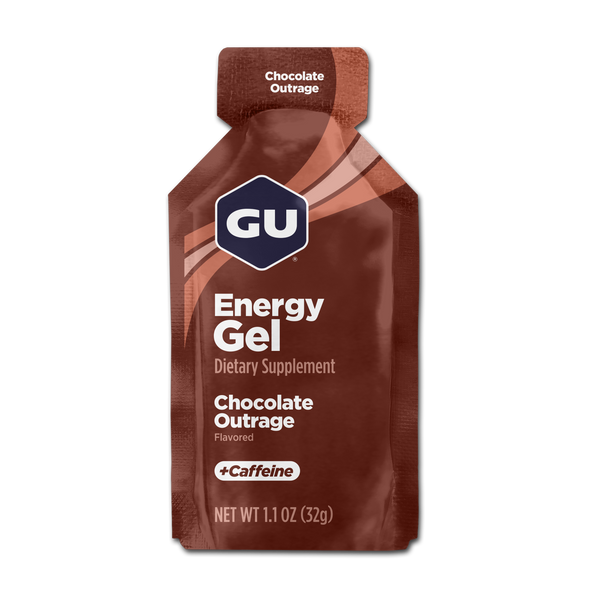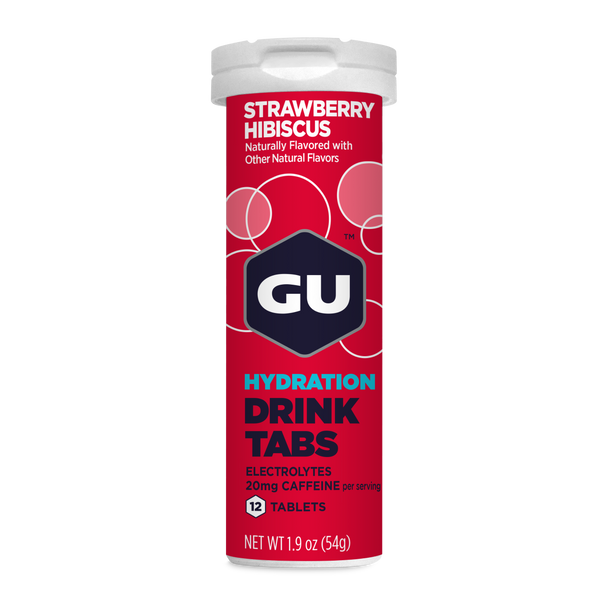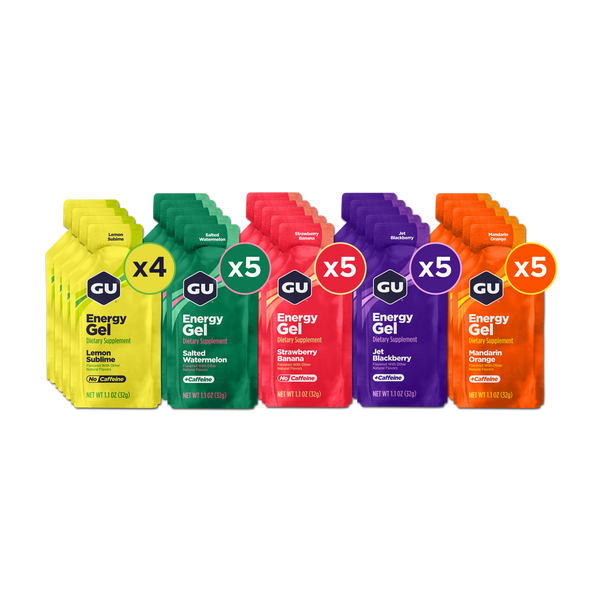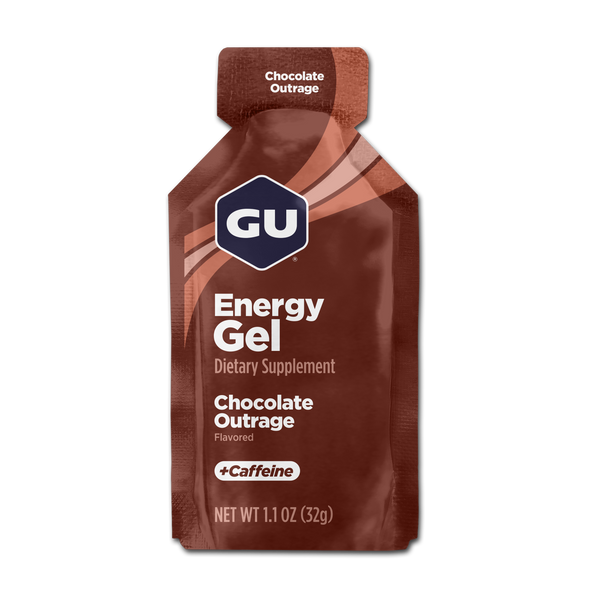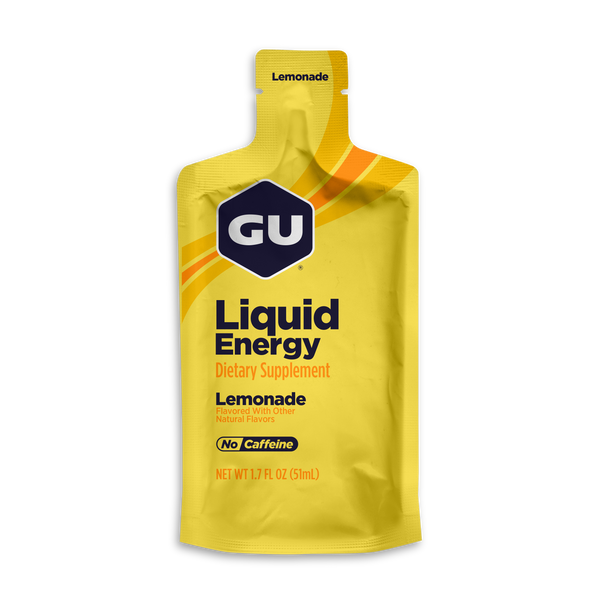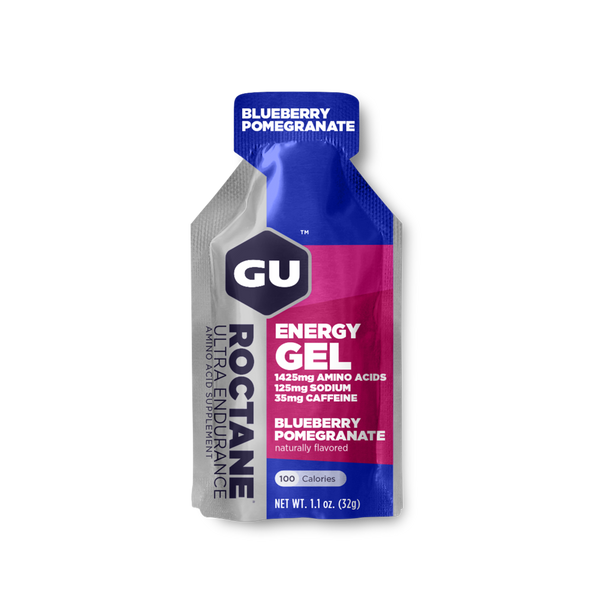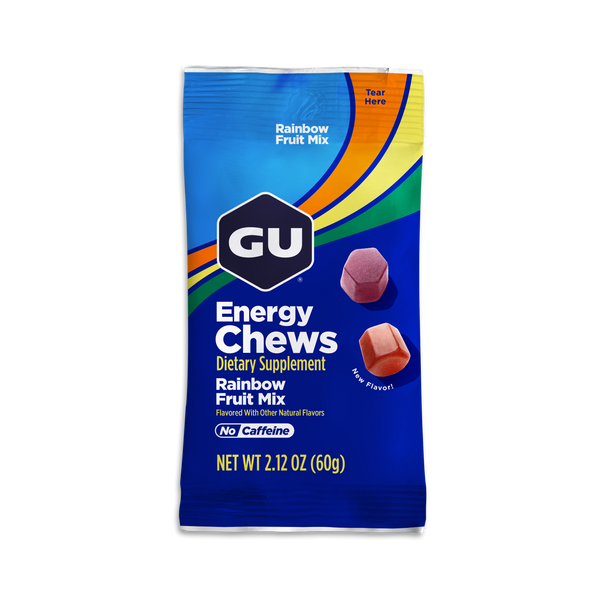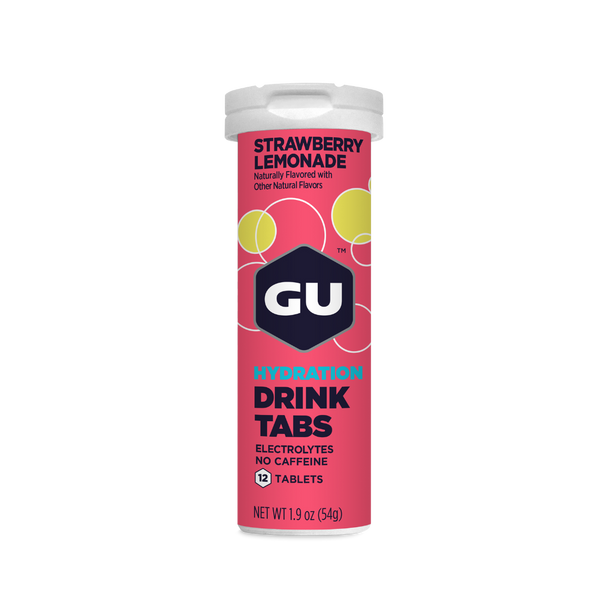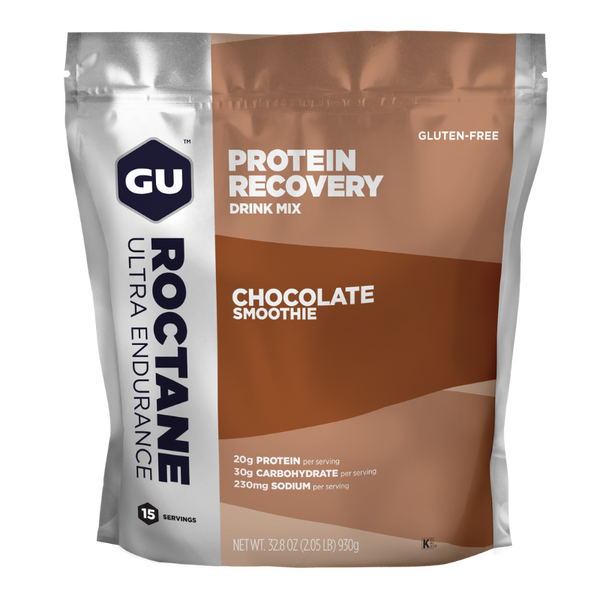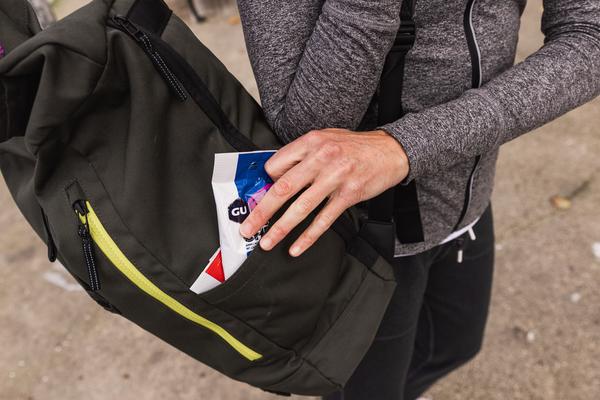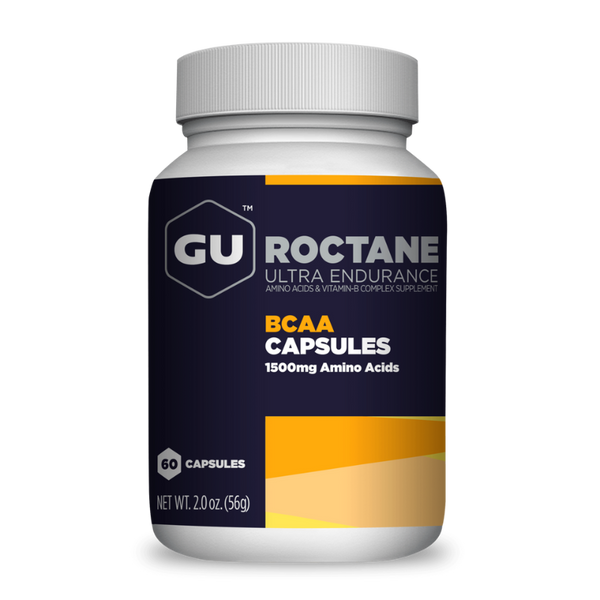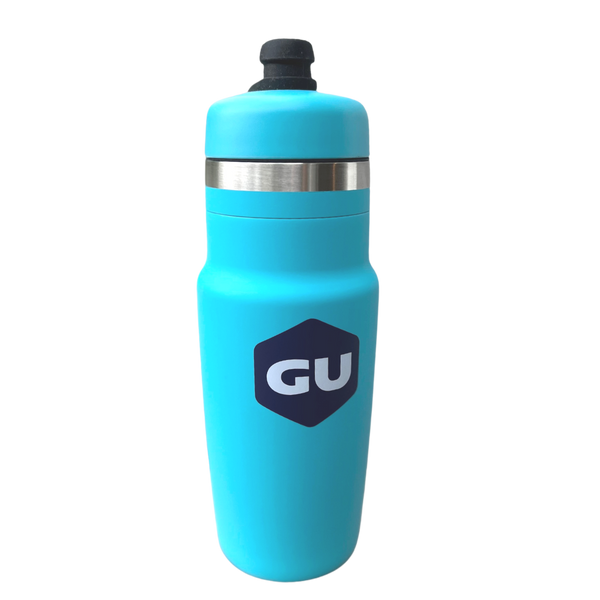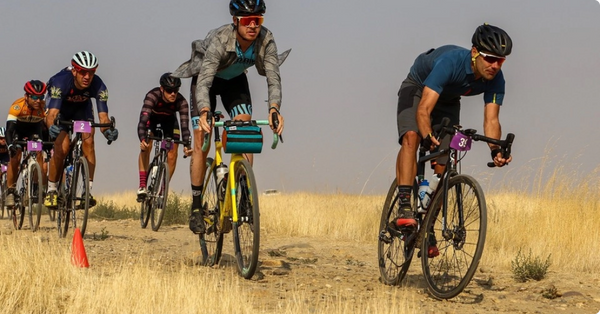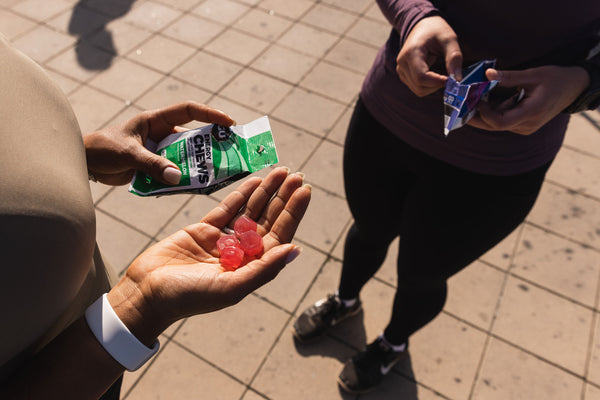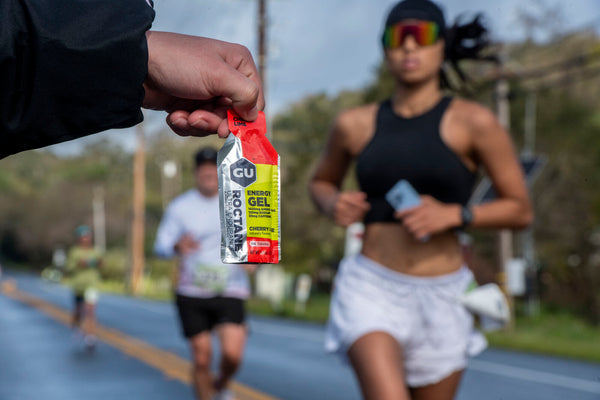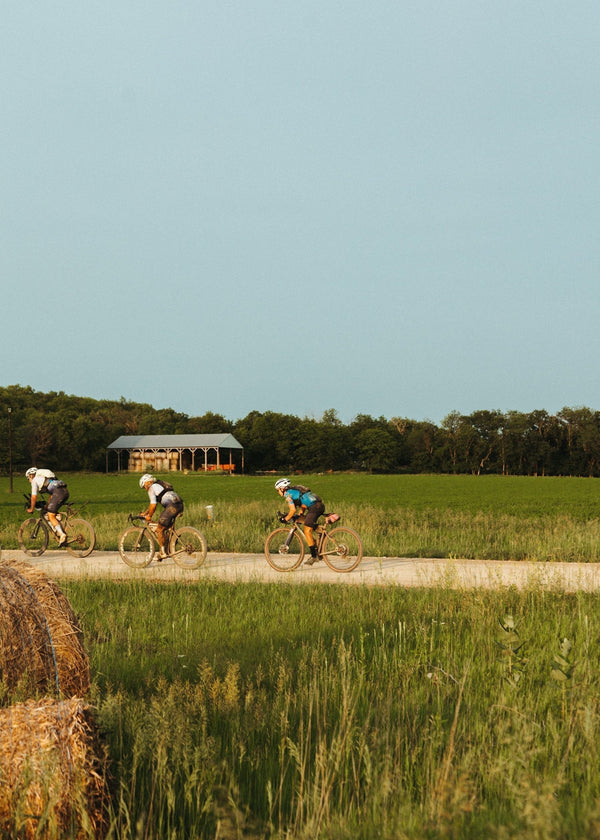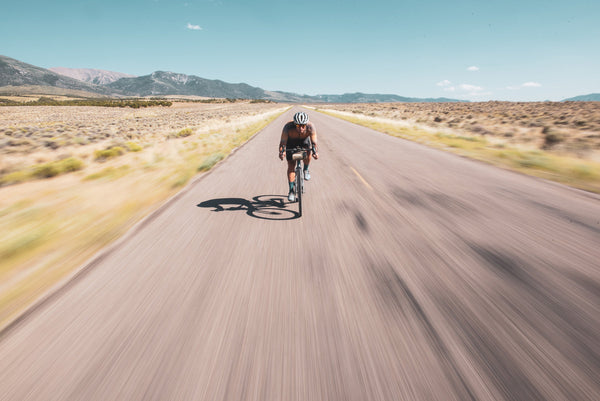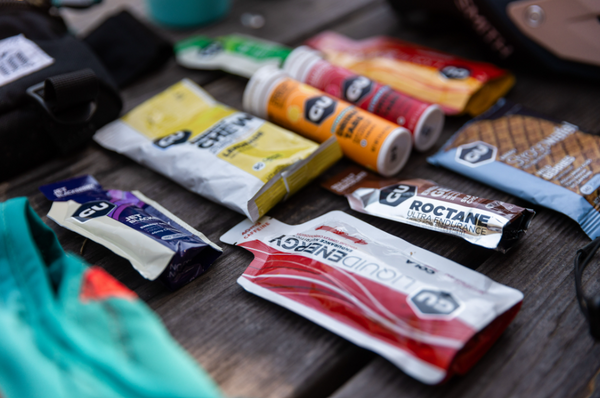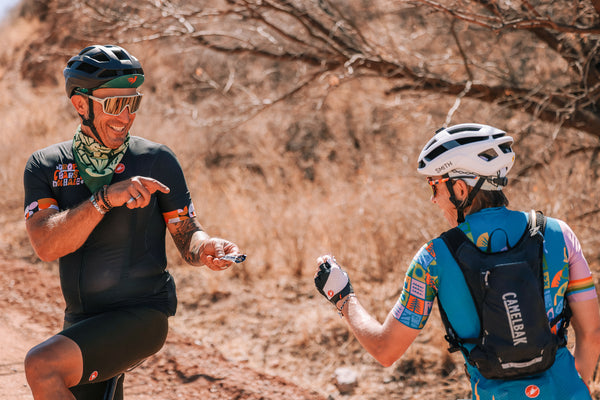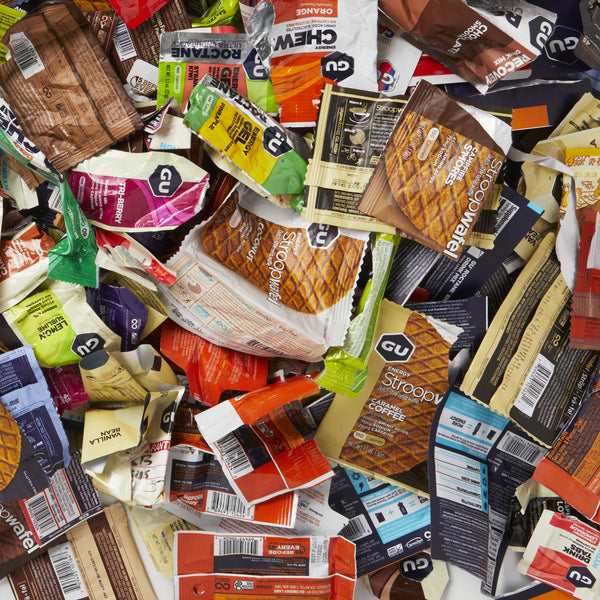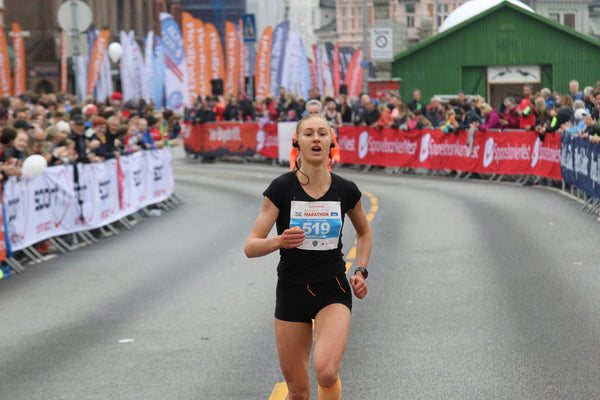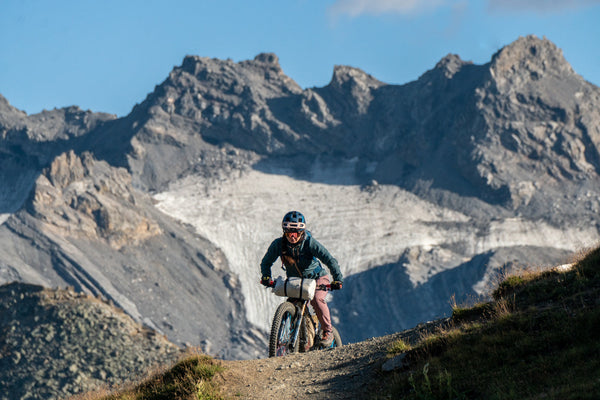Cold Weather Running: How to Fuel, Hydrate, and Perform
Reviewed by Roxanne Vogel, PhD
When temperatures drop your training does not stop. But cold weather throws your body a curveball, forcing it to work harder to stay warm, hydrated, and energized. Whether you are layering up for early morning runs or powering through frosty bike rides understanding how your body reacts in cold conditions can help you perform at your best.
Does It Take More Energy to Run in the Cold?
It sure does. When it is cold out, your body burns more calories just to stay warm. Shivering, wearing extra layers, and muscle stiffness all increase energy demands. Cold exposure has been shown to significantly increase heat production and energy expenditure in the body.” (Impacts of cold exposure on energy metabolism, 2024)
But here is the catch. You might not feel as hungry or tired, so it is easy to underfuel.
What to do? Fuel early and fuel often. Even if you are not sweating buckets, your body still needs fast, efficient energy to keep going.
GU Picks
- Roctane Energy Gels: Higher sodium and amino acids to fuel longer, colder sessions.
- Energy Waffles: A warm carb rich snack that feels like a treat but works like an Energy Gel.
How Cold Impacts Hydration
When you are training in the cold, hydration can be tricky. You sweat less, you feel less thirsty, and cold air actually increases fluid loss through respiration. Plus, your kidneys trigger a cold-induced diuresis, making you pee more often. The result is dehydration sneaking up fast.
Why electrolytes matter more in the cold? Even mild dehydration can affect your endurance and mental clarity. Maintaining sodium balance helps retain fluids and avoid early fatigue.
GU Picks
- Roctane Energy Drink Mix: Loaded with 320 milligrams sodium and amino acids for long duration cold weather efforts.
- Hydration Tabs: Add to water for daily training or base miles.
Your Metabolism and Cold Weather
Your metabolism fires up in cold weather not just to power your workout but to generate internal heat. That means your body turns to quick digesting carbs for energy more often, especially during hard efforts or back-to-back sessions.
If you are feeling sluggish or bonking earlier than usual it is likely because your body is burning through energy reserves faster than normal.
Smart fueling tip: Choose simple portable carbs that are easy to consume and digest even with gloves on or in frozen conditions.
GU Picks
- GU Energy Gels: 100 calories of fast carbs and amino acids for instant sustained energy.
- Energy Waffles: Use as a pre-workout breakfast or mid-ride fuel when you need something more solid.
Cold Weather Nutrition Tips
|
Why It Matters |
GU Recommendation |
|
|
Start warm, stay fueled |
Cold suppresses appetite, making pre-workout fueling easy to skip |
Energy Waffle and Hydration Tab 30 to 60 minutes before activity |
|
Do not skip mid- workout fuel |
Energy needs remain high even if you are not sweating as much |
Roctane Energy Gel every 20-30 minutes during activity |
|
Recover with intention |
Cold increases recovery demands due to added stress on muscles and metabolism |
Roctane Protein Recovery Drink Mix with protein, carbs and sodium post workout |
Why This Matters
Cold weather does not mean you have to slow down. But it does mean your body needs more support. From hydration to energy and recovery, your fueling plan is the foundation that keeps you moving strong through the chill. The more you understand how your body responds to cold the better you can prepare, fuel, and perform.
Bottom Line
Winter training brings its own set of challenges but also an opportunity to build strength, resilience, and discipline. With smart fueling you can turn cold weather into an advantage and not a setback.

